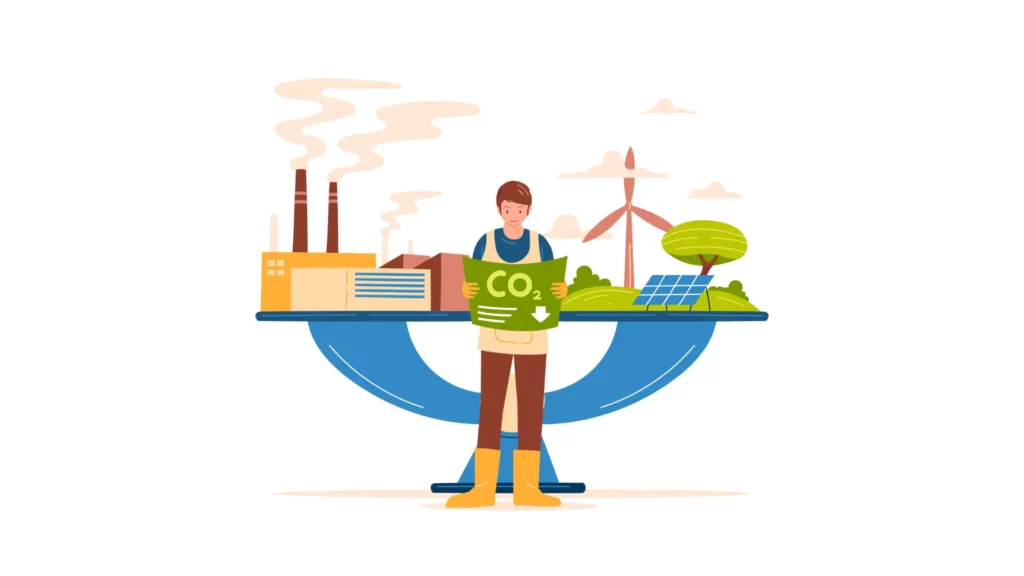As Europe intensifies its efforts to combat climate change, the importance of innovative technologies cannot be overstated. One such technology, Carbon Capture and Storage (CCS), is emerging as a critical tool in the fight against global warming.
Carbon Capture and Storage Europe strategies are particularly significant, given the continent's commitment to reducing greenhouse gas emissions. In this comprehensive guide, we will explore the role of Carbon Capture and Storage Europe, its current status, challenges, and future prospects.
What is Carbon Capture and Storage (CCS)?
Carbon Capture and Storage Europe refers to a set of technologies aimed at capturing carbon dioxide (CO2) emissions from sources like power plants and industrial processes, transporting it to a storage site, and depositing it underground to prevent its release into the atmosphere. This technology is crucial for Europe as it moves towards its goal of significant reductions in greenhouse gas emissions.
The Science Behind CCS
The CCS process begins at the emission source—typically large-scale industrial and energy facilities. Here, CO2 is captured directly from the exhaust gases to minimize atmospheric release.
Following capture, the CO2 is compressed to a liquid state, facilitating its transportation, usually via pipelines, to a storage site.
These sites are carefully selected geological formations, often deep saline aquifers or depleted oil and gas fields, capable of securely storing CO2 for millennia.
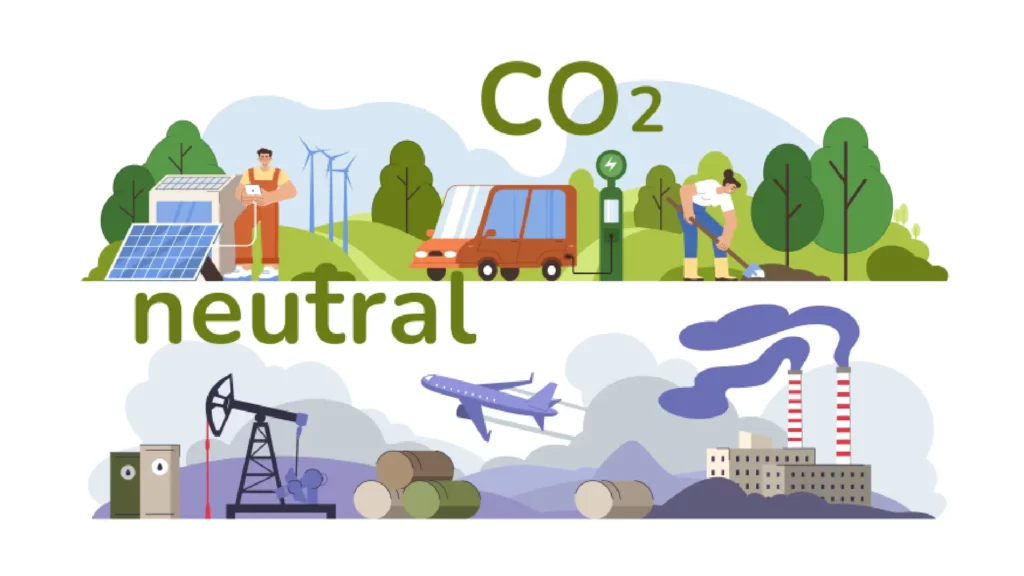
The Importance of Carbon Capture and Storage Europe in Meeting Climate Goals
Europe is at the forefront of global efforts to combat climate change, having set some of the world's most stringent and ambitious climate targets.
The role of Carbon Capture and Storage technologies in these efforts cannot be overstated, especially as the continent looks towards significantly reducing its carbon footprint.
Here's an in-depth look at how Carbon Capture and Storage Europe is essential in this endeavor:
- Strategic Reduction of Atmospheric CO2: Carbon capture and storage EU is critical in capturing carbon dioxide emissions from major industrial sources before they can reach the atmosphere.
- Decarbonizing Hard-to-Electrify Industries: Many sectors, such as cement, steel, and chemical production, are considered hard to electrify due to the high heat and energy demand inherent in their processes. Carbon capture and storage EU provides a feasible solution to reduce emissions from these sectors by capturing and storing the CO2 instead of letting it escape into the atmosphere.
- Enabling a Transition to a Low-Carbon Economy: As Europe transitions to renewable energy, CCS technology acts as an important bridge, mitigating the environmental impact of remaining fossil fuel use.
- Contributing to EU's Emission Reduction Targets: Carbon Capture and Storage Europe is instrumental in helping the European Union meet its aggressive emission reduction targets.
- Supporting Sustainable Industrial Practices: By integrating Carbon Capture and Storage Europe strategies, industries can continue operations while adapting to new environmental regulations.
- Facilitating Compliance with Regulatory Standards: European industries are increasingly under pressure to comply with stringent regulatory standards aimed at reducing carbon footprints.
Carbon Capture and Storage Germany
Carbon Capture and Storage Germany is gaining traction as a critical element in the country's ambitious climate strategy.
The deployment of carbon capture and storage in Germany is seen as essential for reducing industrial carbon emissions and achieving long-term environmental goals. Germany's focus on enhancing CCS technology aligns with its broader commitment to sustainability and energy efficiency.
As the country continues to decommission nuclear power plants and reduce its reliance on coal, carbon capture and storage in Germany serves as a pivotal technology to bridge the gap towards a greener energy sector, supporting Germany's transition to a low-carbon economy.
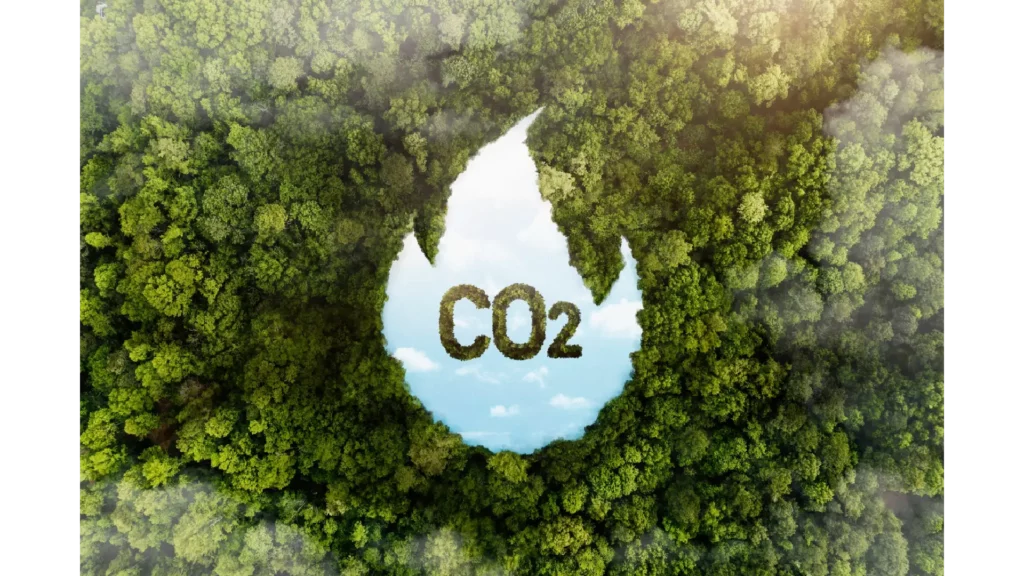
Current Status of Carbon Capture and Storage Europe
Carbon Capture and Storage (CCS) in Europe holds immense potential to reduce carbon emissions significantly, yet its actual implementation remains in the early stages. Here's a condensed overview of the current state of CCS across Europe:
- Pilot Projects and Demonstrations: Europe has initiated several pilot projects and demonstration plants, such as the Northern Lights project in Norway, to test CCS technology's effectiveness and feasibility on a commercial scale.
- Large-Scale Facilities: There are a few operational large-scale CCS facilities, but their number is limited. These facilities are essential for understanding the broader implications of CCS technology, including economic and logistical challenges.
- Need for Scaling Up: The existing CCS capacity in Europe is insufficient to meet the EU’s ambitious climate targets. Significant scaling up is necessary, particularly in CO2-intensive industries.
- Investment and Funding: Expanding CCS technology requires substantial investment, not only in the technology itself but also in the infrastructure needed to support it. European governments and the EU are exploring various funding mechanisms to support this expansion.
- Regulatory Framework: The development of a supportive regulatory framework is underway, aimed at fostering a conducive environment for CCS investment and integration into broader energy and climate strategies.
- Technological Advancements: Ongoing research and development are crucial for enhancing the efficiency and cost-effectiveness of CCS technology.
- Public Perception and Acceptance: Effective communication and community engagement are essential to build public trust and acceptance of CCS as a viable climate solution.
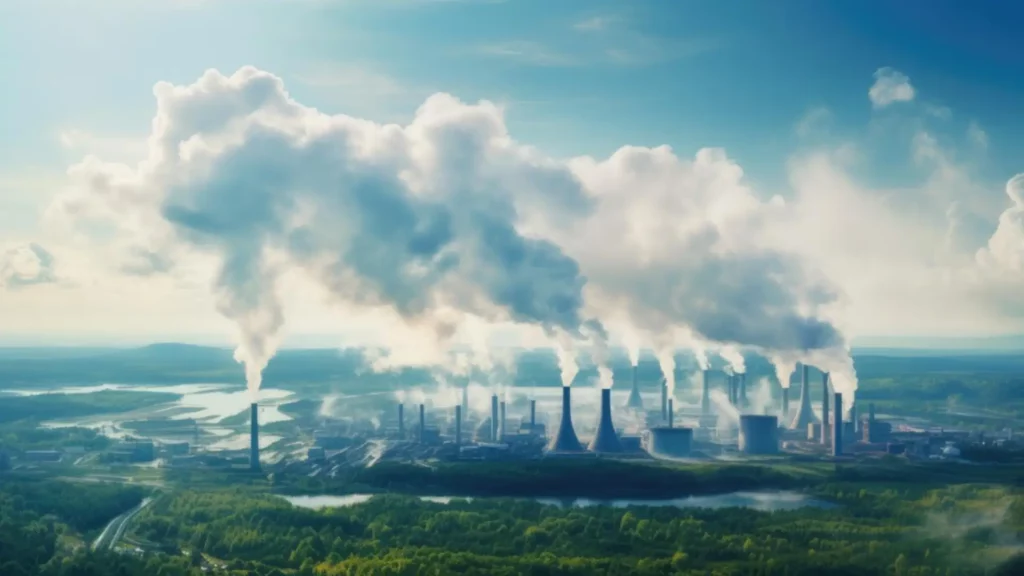
Future Prospects of Carbon Capture and Storage Europe
The future of Carbon Capture and Storage Europe looks promising with several developments on the horizon that could enhance the feasibility and deployment of CCS technologies.
- Technological Innovation
Emerging technologies in carbon capture, such as improved solvents and membrane technology, promise to enhance efficiency and reduce costs. Advancements in monitoring and verification will also bolster the safety and reliability of CO2 storage.
- Policy and Financial Support
The European Union's climate policies, particularly the European Green Deal and the Fit for 55 package, underscore a strong commitment to CCS. Financial incentives from mechanisms like the Innovation Fund, along with streamlined regulatory processes, will catalyze further investment in CCS technologies.
- Market Dynamics
As carbon pricing becomes more rigorous, the economic appeal of CCS increases. The technology's integration into corporate sustainability strategies and the potential for carbon utilization to create new revenue streams will also play a crucial role in its commercial viability.
- International Collaboration
Global cooperation is crucial for overcoming CCS's challenges. Sharing research, innovations, and best practices through international partnerships will accelerate the technology's development and deployment.
- Public Engagement
Building public support for CCS requires comprehensive engagement and education efforts. Highlighting the benefits of CCS, demonstrating its safety and economic advantages, and showcasing successful projects will be key to enhancing public acceptance.
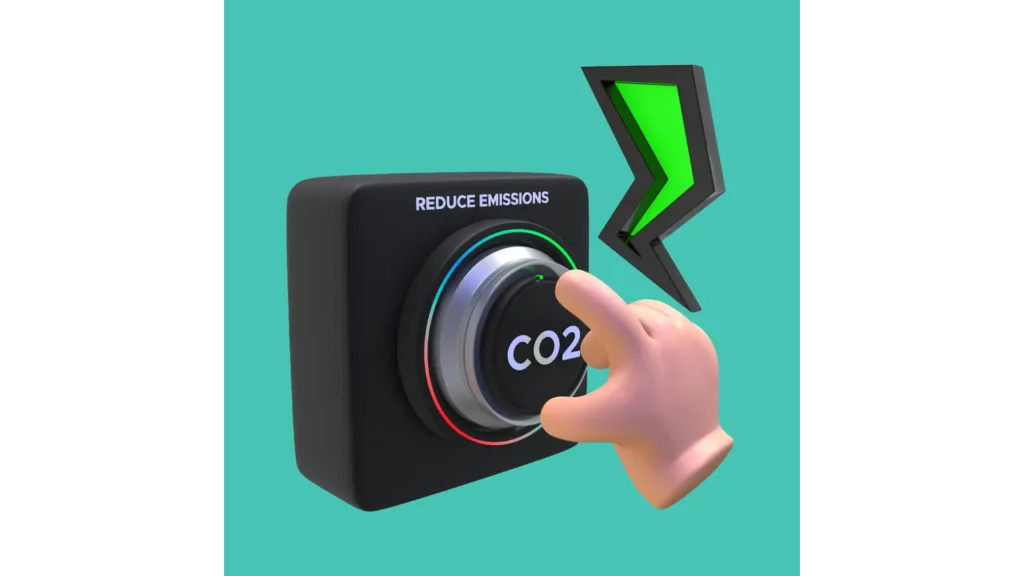
FAQs: Understanding Carbon Capture and Storage in Europe
1. What is Carbon Capture and Storage (CCS)?
Carbon Capture and Storage (CCS) is a technology designed to reduce carbon dioxide (CO2) emissions by capturing it at its source, transporting it to a storage site, and securely storing it underground to prevent its release into the atmosphere.
2. Why is CCS important for Europe?
CCS is crucial for Europe because it helps the continent meet its stringent climate goals by capturing CO2 from industries that are difficult to decarbonize, such as cement and steel manufacturing. It provides a pathway to significant emissions reduction in sectors where other reductions methods are challenging to implement.
3. How does CCS contribute to reducing greenhouse gas emissions?
CCS contributes to reducing greenhouse gas emissions by capturing CO2 produced by industrial processes and power generation before it can be released into the atmosphere. This captured CO2 is then permanently stored underground in geological formations.
4. Are there any operational CCS projects in Europe? Yes, there are several operational CCS projects in Europe, including both pilot projects and commercial-scale operations. These projects demonstrate the feasibility of CCS and are pivotal in developing the necessary technologies and infrastructure for wider deployment.
5. What are the challenges of implementing CCS in Europe? The main challenges include the need for significant investment, the development of adequate infrastructure, ensuring economic viability, and gaining public acceptance and trust. Additionally, regulatory and policy frameworks need to be strengthened to support CCS implementation at a larger scale.
6. What types of support does CCS need to become more widely implemented in Europe?
CCS needs a variety of support, including financial incentives such as subsidies or tax breaks, enhanced regulatory frameworks, technological advancements to reduce costs and increase efficiency, and strong public and political backing to create a favorable environment for CCS projects.
7. How safe is CCS?
CCS is considered a safe technology. The storage sites are carefully chosen to ensure that CO2 can be securely stored for thousands of years. Monitoring technologies are also used to track the CO2 once it is underground to ensure the storage is stable and permanent.
8. How can the public get involved or learn more about CCS projects in their area?
Public involvement can include participating in information sessions and public consultations. Many CCS projects also have dedicated websites and outreach programs designed to educate and engage local communities. Interested individuals can also follow developments through environmental agencies or local government platforms.
9. What is the future of CCS in Europe?
The future of CCS in Europe looks promising as the EU and various governments continue to support its development through funding, research, and policy initiatives. As the technology matures and becomes more cost-effective, it is expected to play an even more critical role in Europe's strategy to achieve its long-term climate targets.
10. Can CCS technology be used worldwide?
Yes, CCS technology has global applicability and can significantly contribute to global efforts to reduce atmospheric CO2 levels. Many countries outside Europe, including the United States, Canada, and China, are also actively exploring and investing in CCS technology.
Let's Sum It Up
In reflecting on the advancements and challenges of Carbon Capture and Storage (CCS) in Europe, I am filled with a deep sense of optimism and personal commitment.
The strategic integration of CCS technology, particularly in hard-to-decarbonize industries, reveals a path forward that balances economic growth with environmental integrity.
This transformative technology offers hope not only for meeting stringent emissions targets but also for setting a global standard in environmental stewardship. Moreover, the emphasis on public engagement reassures me that this journey can be collaborative and inclusive, ensuring broad support and participation.
As someone deeply invested in environmental sustainability, I am eager to advocate for and support CCS as a pivotal element in Europe’s transition to a low-carbon economy, confident in its potential to significantly shape a sustainable future for all.
Source
https://www.iea.org/energy-system/carbon-capture-utilisation-and-storage

